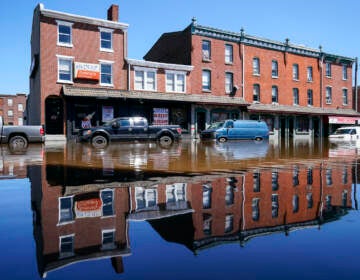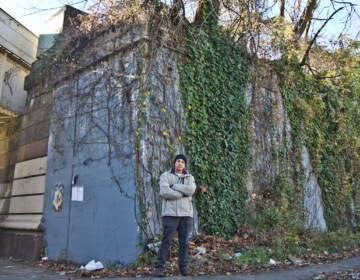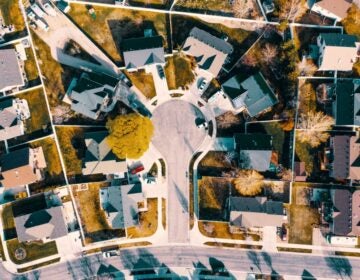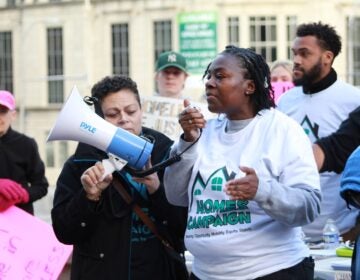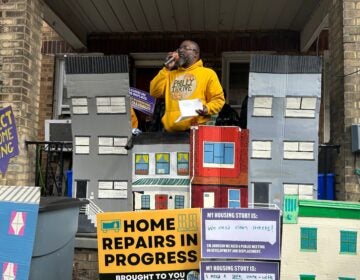Philly is on track to build a record number of apartments in 2022, analyst says
As rental construction surges in Philadelphia, home prices are expected to level out in the new year. That’s good news for people seeking to buy.
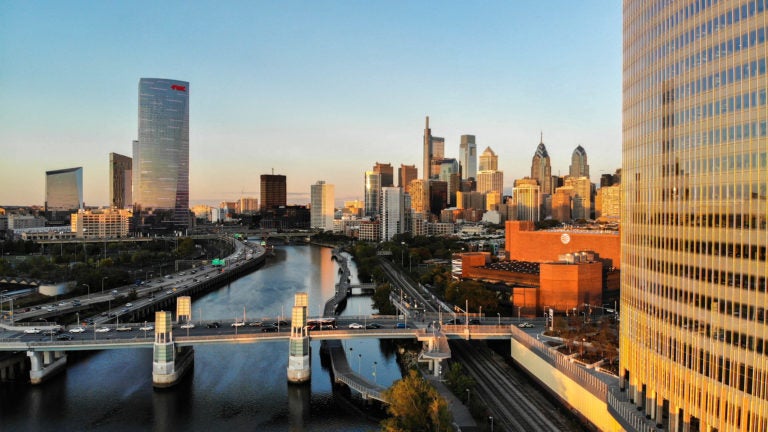
(Mark Henninger/Imagic Digital)
Developers could build a record number of rental units in Philadelphia in 2022.
Based on the volume of building permits approved by the city’s Department of Licenses and Inspections in 2021, the final figure for the year could balloon to 10,000 — more than triple the average annual total of 3,000 to 4,000 new apartments.
“This is a massive wave of new construction. Much bigger than we’ve even seen before,” said Kevin Gillen, a senior research fellow with the Lindy Institute for Urban Innovation at Drexel University and the analyst behind the data.
It’s unclear if all 10,000 units will be built in 2022, or even in the years ahead. Gillen said it’s likely that some developers filed permits preemptively, so they can take advantage of the city’s existing 10-year tax abatement for new construction before changes to the controversial program take effect.
Starting in 2022, the value of the abatement will shrink by 10% each year after the first year. But property owners with building permits in hand as of Dec. 31, 2021, can still avoid paying 100% of the building’s real estate taxes for the full 10 years.
Either way, Gillen said, the surge is indicative of developers being “very bullish” on Philadelphia’s rental market.
“Otherwise, they would not have bothered filing for all those permits,” he said.
But as developers pounce on market opportunities, homeowners and those seeking to buy are seeing the other side of the coin.
Last summer, home prices were up 20%. They’re now up just 10%, a noteworthy drop and a potential sign that prices could level out sooner rather than later.
“You’re not seeing signs to say this thing is cooling. We’re not there yet. But we are definitely seeing signs of deceleration from the white-hot conditions that were occurring over the last year,” said Gillen.
He attributed the dip in prices to the historically low number of houses listed for sale in Philadelphia right now. That fact, said Gillen, has caused some homebuyers, especially the fatigued ones, to hit pause on their search until they can be more certain they’ll get their bang for their buck and not have to settle for a lesser property after multiple bidding wars.
Others may be reevaluating because life has gotten more expensive overall, thanks to the U.S. inflation rate nearing a 40-year high. And still others can no longer consider buying a home because prices are still outpacing income growth, a fact that squares with a decades-old trend in Philadelphia.
Philly sees growing gaps in homeownership rates and income
The city is now the least affordable housing market in the region, said Gillen. The median home price in Philadelphia is now roughly $225,000. It was roughly $170,000 three or four years ago. (Median represents the middle number; half the houses sold for more than that price, half sold for less.)
“With our poverty rate, we cannot afford to have the house price levels that are approaching the levels of other, more affluent cities,” said Gillen.
Researchers with the Federal Reserve Bank of Philadelphia recently cited the gap between home prices and incomes to help explain another one: the widening homeownership gap between Black and white Philadelphians.
Over the last 20 years, the median home value in Philadelphia jumped from 2½ times to five times the median income of Black households.
The analysis, released earlier this month, also posits that access to mortgage loans and the ongoing impact of redlining have contributed to persistent racial disparities in homeownership rates, to the detriment of the entire city.
“It has a huge impact on the Philadelphia economy,” said Theresa Y. Singleton, one of the report’s authors and a senior vice president at the Federal Reserve Bank of Philadelphia. “Homeowners bring taxation, and they bring consumption.
Gillen said all of that, particularly the gap between home prices and incomes, could also translate to fewer homeowners and more renters in Philadelphia. For the moment, those populations are pretty evenly split.
Advocates argue fewer homeowners means less intergenerational wealth and more fragmented communities.
Tayyib Smith, principal of Meta Global and a member of The Collective, said Philadelphia can’t afford either amid a development boom that has almost exclusively benefited the city’s overwhelmingly white development industry while compromising the lives of low-income Philadelphians in communities of color.
“I and my partners and I have some exciting announcements in the early part of the year,” said Smith. “But if we’re talking about the system writ large, I think it’s abominable.”
 WHYY is one of over 20 news organizations producing Broke in Philly, a collaborative reporting project on solutions to poverty and the city’s push towards economic justice. Follow us at @BrokeInPhilly.
WHYY is one of over 20 news organizations producing Broke in Philly, a collaborative reporting project on solutions to poverty and the city’s push towards economic justice. Follow us at @BrokeInPhilly. 
Subscribe to PlanPhilly
WHYY is your source for fact-based, in-depth journalism and information. As a nonprofit organization, we rely on financial support from readers like you. Please give today.




